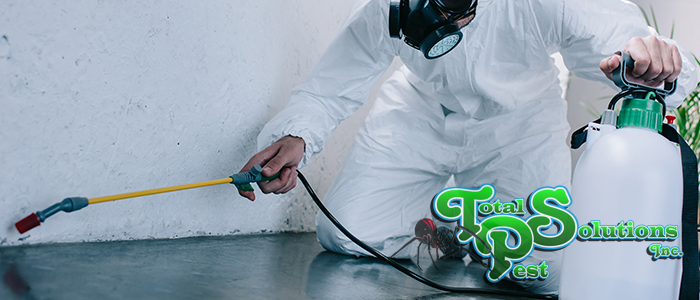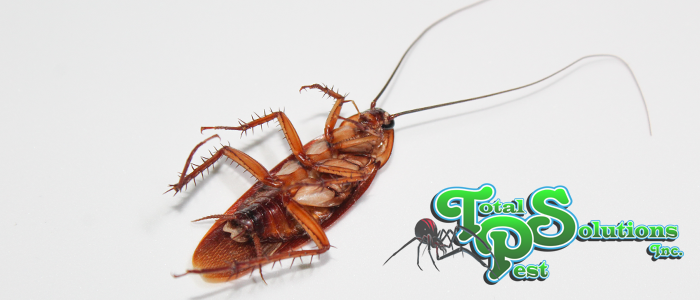
Last week we began our discussion of the history of pesticides, primarily focusing on the ancient origins through medieval times. Not much happened with pesticides until hundreds of years later. So this week, we are skipping forward in the history of pesticides to the middle of the 20th century, where chemical pesticides really begin to come into play. Read on to learn all about modern pesticides in America.
Mid-Century
Through the 1950s pesticides were still semi natural, that is they were based on natural ingredients but in reality they were quite poisonous. During this decade arsenic-based pesticides were the go-to for many households.
The Rise And Fall Of DDT
DDT is short for Dichlorodiphenyltrichloroethane (try saying that five times fast). Well DDT was not in popular use until the mid of middle of the 20th century, it was first synthesized in the late 1800s. Austrian chemist Othmar Zeidler invented DDT. However, Zeidler did not recognize DDT to be an effective pesticide. Swiss chemist Paul Hermann Mueller put the pieces together in 1939
DDT was actually extremely important to the war effort; it was used to control malaria and typhus both on the war and the homefront. In particular, DDT was used against mosquitoes, which were known to carry diseases. Mueller even won a Nobel Prize in medicine for his discovery of DDT as an effective pesticide.
DDT was available for public sale in the United States for approximately 2 decades before people began to really understand the environmental impact it had. For those decades, the government and chemical industry promoted DDT as the best and most effective agricultural and household pesticide.
Rachel Carson publishes her book Silent Spring in 1962, which turned the tide on public opinion on DDT. The book was one of the most important events in the beginning of the environmentalist movement. It looked at the environmental impacts of using DDT widely in agriculture, while linking the pesticide to cancer and dying wildlife, particularly birds. However, the fight against DDT was a long one. People kept fighting though, and eventually there was enough of a public outcry to ban DDT as a pesticide in the United States in 1972.
Modern Pesticides
Modern pesticides are undergoing technological innovations every day. Right now, what are the most advanced things that scientists are developing is in the field of genetically engineered crops. Scientists are working to make crops produce their own insecticides.
Additionally, commercial pest control is shifting to a system that looks at pest control management as more than just spraying pesticides. It is actually a bit of a return to ancient methods. Farmers and scientists are working side-by-side to try and reduce the use of pesticides in commercial environments.
There is also more education being given to home gardeners to help them reduce pesticide use as well. Much of this “new knowledge” actually derives from testing ancient uses of plants and reintegrating them in a more modern way.
continue reading
Related Posts
Don’t Let Pests Take Over: The Top 5 Signs You […]
Flea Infestations in Your Workplace – A Complete Guide for […]
Winning the War Against Kitchen Roach Infestations When it comes […]






